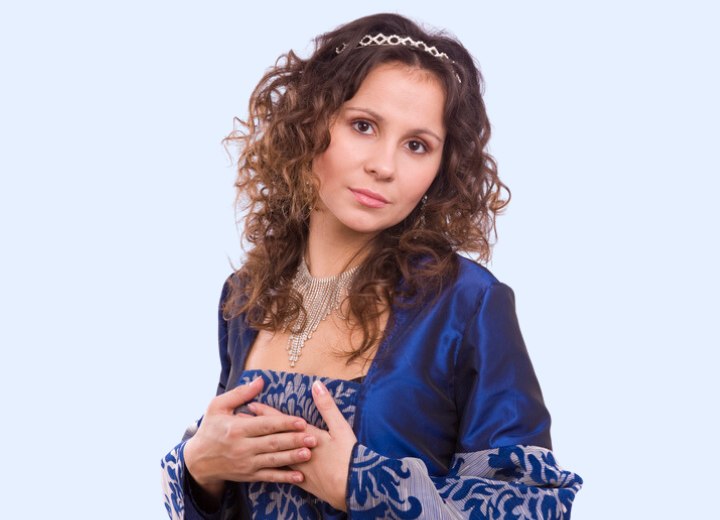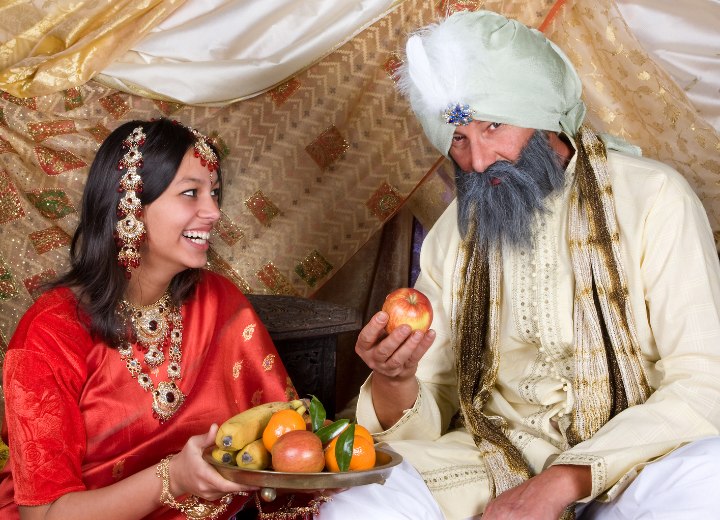Why Hair Is So Important (2)

Hair in History
As the centuries go by, our approach to hair changes as well. What was once a sign of the manly warrior has become a part of counterculture and is still only slowly being accepted into the mainstream. Long hair for men has a much different meaning today than it did centuries ago. But since the 1960s, a revival of the Braveheart look has been gaining more and more influence, all the way to the runways of the international fashion centers.
Women's hair was not always something to show off. An abundance of long, luscious locks, especially in the color red, could have landed a woman on a burning pyre once, but later the same became an expression of celebrated Hollywood glamor.
Soon after that dark time, a new era began when wigs became popular among the European aristocracy. It all started when the French King Louis XIV began to lose his hair at the age of seventeen. He quickly hired 48 wig makers to maintain his public image. Of course this sparked a great trend that spread out all over Europe. Powdered wigs, today made of horsehair, are still a common sight in British courtrooms.
We still use the expression "Bigwig" to describe a person of influence and wealth.

The idea of female hair as being dangerous is still very much alive in many cultures and religions. The threats of pyres may be gone, but there are other alleged consequences for nurturing the beauty of one's hair. In the name of humility, women wear veils, special hairstyles, and head coverings. Examples include Catholic nuns, Muslim women, the Amish, and Mennonites. At the same time, cutting of hair is often forbidden by a religion; the most famous examples being the Rastafarian and Sikh religions.
Native Americans and the people of Polynesia believe that long hair is a sign of a strong spirit and should only be cut as part of a mourning ceremony. Once cut, it has to be disposed of in various ways that usually include returning it to nature.
Mirror, Mirror
It cannot be denied that hair is not just personal but also an expression of culture. The history of hair is full of drama, reaching from the private powder room to the public scene. It does not surprise me that the hair industry is one of the most competitive, with an annual revenue of about $20 billion in the US alone.

The curly-haired do not have to envy straight hair anymore and vice versa; blondes can be black and the bald can find great freedom in the colorful world of wigs. The only limit is your imagination, well, and perhaps your job.
©Hairfinder.com
See also:
First Impressions
Hairstyles for Business Women
How To Boost Salon Revenue